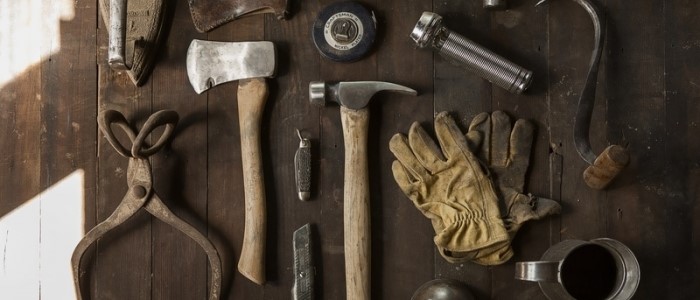With environmental concerns becoming increasingly important within the industry and the introduction to new government standards, timber has distinguished itself as a favourite among projects where sustainability is a factor.
In this guide, we’ll look at timber’s green credentials and examine why it’s a paramount product for eco-builds.
Back to basics
Wood is a naturally recyclable and carbon neutral building material and is by far the most effective and abundant green material in the world. As such, it lends itself perfectly to a wide range of eco projects.
Wood can be easily and efficiently processed into timber almost anywhere. It’s highly flexible and is a renewable resource. Plus, using wood means you aren’t using less environmentally friendly alternatives like plastic, steel or aluminium.
In the spotlight
We’ve recently had great success in using Dura Deck in some of our projects. Dura Deck is a particulate favourite amongst the environmentally-conscious since it’s made from low-maintenance and eco-friendly composite timber.
More specifically, Type 146 Charcoal Dura Deck was used on a project to provide decking for family who required a low-maintenance product. The deck will never need painting, staining, sanding or treating which means the family can enjoy the anti-slip properties all year round – without the burden of ongoing maintenance.
The best uses of timber
Wooden posts and beam frames are used structurally which gives designers a huge choice of build styles and insulation types – from straw-bales, sheep’s wool and even recycled newspaper.
The flexibility and properties of timber give it a unique position in the world of construction materials – it’s very much a friend to all aspects of a building.
Domestic: Possibly the most widely used example of timber as a building material is in the home. Hardwoods and softwoods can be utilised in a variety of manners. For example, oaks, pines and cedar (all of which are sustainable), are used for flooring, load-bearing structural supports and outdoor decking and cladding. Replacing concrete, bricks, metal and plastics with timber in many situations is an effective and efficient choice.
For instance, a home with timber as the main construction material will experience outstanding insulation qualities, along with better (lower) carbon dioxide output. One cubic meter of timber will lock away approximate one ton of CO2.
Combining green advantages, such as increased insulation and longevity, with the aesthetically-pleasing appeal is what makes wood the perfect accompaniment to eco-builds.
Commercial: Similar to home building, the use of in offices is becoming a growing trend due to its green properties. Being green is no longer a luxury for companies, many of which have become very environmentally aware and timber presents a great opportunity for the expansion and renovation of businesses.
Let’s not forget that with timber, you also tend to get a faster build time, reducing the use of construction tools and machinery involved.
Timber really can help make a difference in terms of eco-friendliness and sustainability. If you’ve got any thoughts on what the future holds for green building, be sure to give us a shout on Twitter.
And if you’re looking for eco-friendly, responsibly-sourced timber to suit any sector – don’t hesitate to get in touch today.
